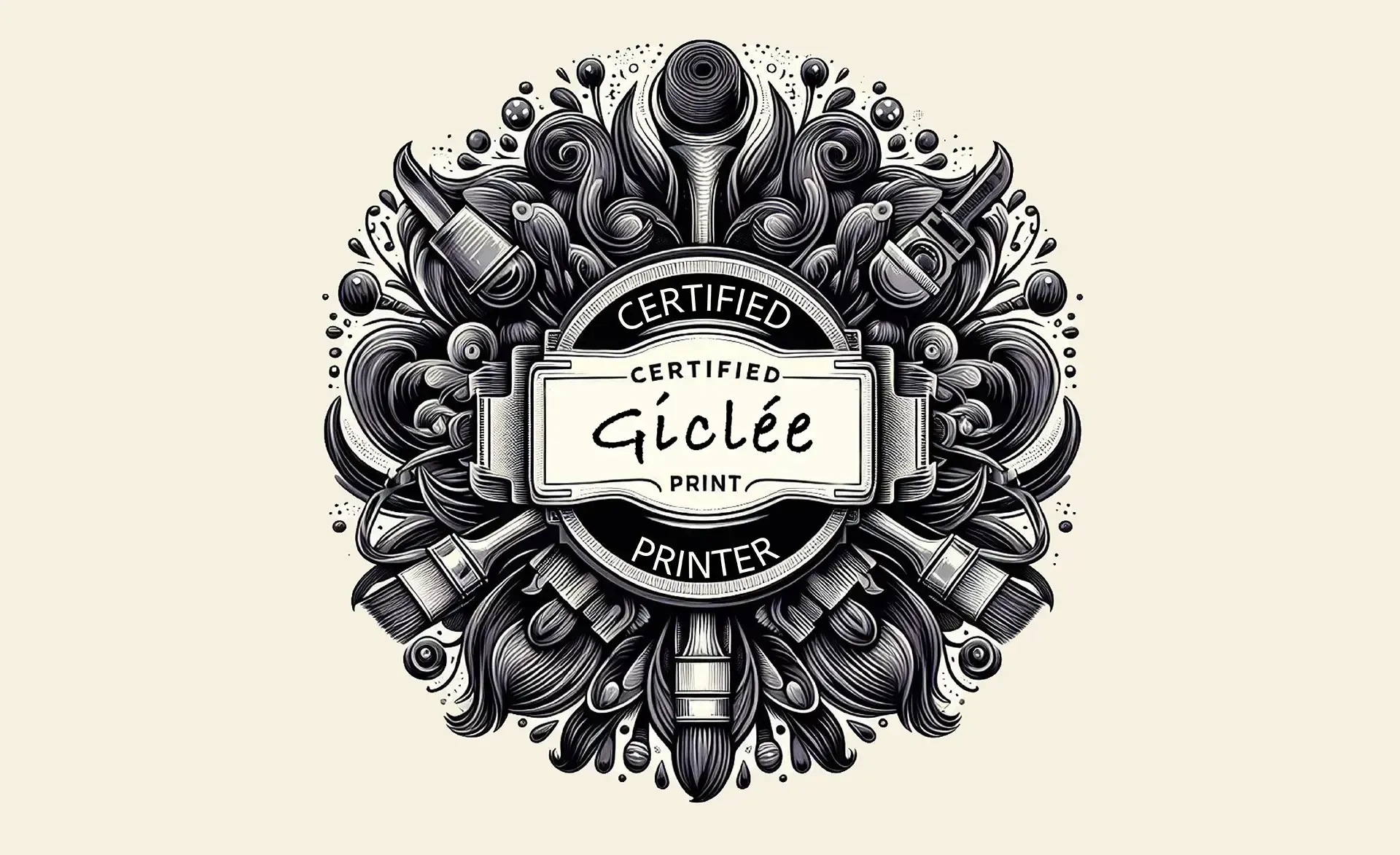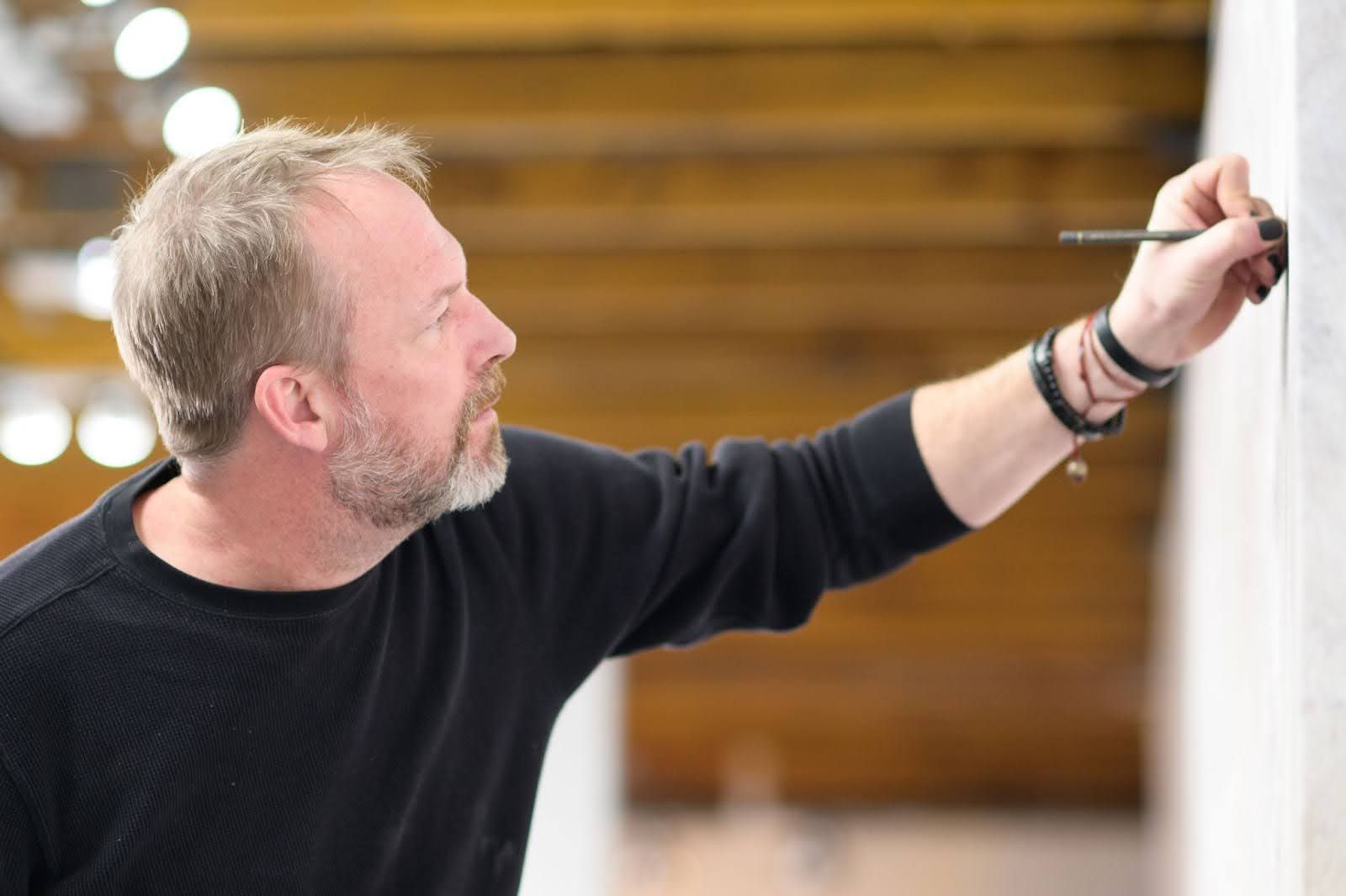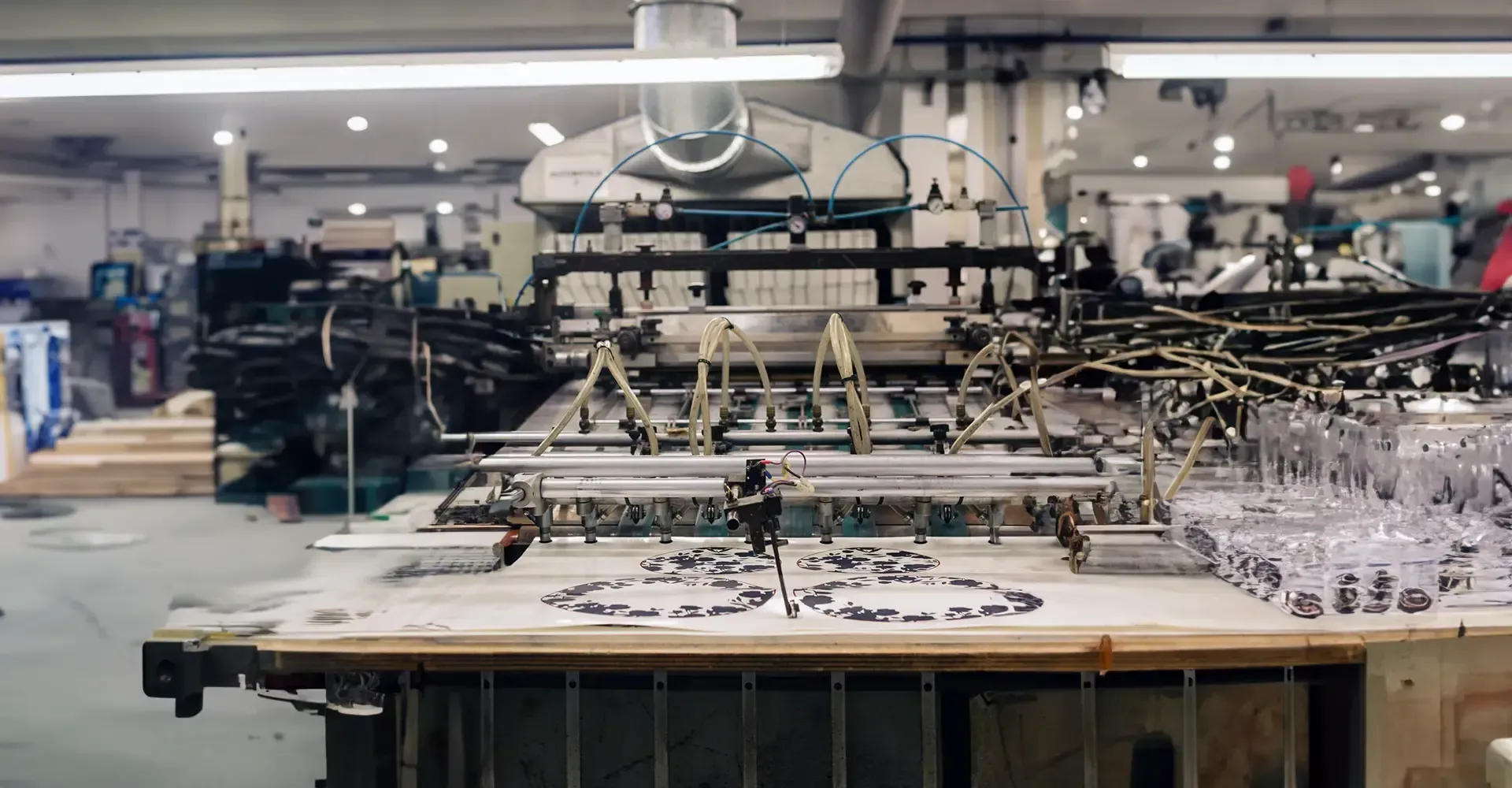Caelum McCall
Caelum, a neo-surrealist artist, creates a distinct portrayal of our world in his captivating works. His vision is a fusion of innocence, monsters, ethereal elements, and peculiar juxtapositions, alluding to the essence of Edward Hopper's America but with a twist. McCall's artwork serves as a gateway to his imaginative realm, deeply intertwined with concerns about the escalating imbalance between the human and natural worlds.
As a child, McCall perceived the threat of climate change as nature's defense against humanity's invading horde. He saw the natural world unleash catastrophic events and seemingly impossible creatures acting as Earth's immune system. These beings, which McCall calls 'kami' (a term borrowed from the Shinto religion, where spirits or forces of nature embody natural features, from majestic mountains to the humble pebbles in a creek), draw inspiration from the Shinto religion.
McCall's kami creatures, powerful embodiments of nature, play a pivotal role in his artwork. They transform the abstract concept of nature into tangible beings, making the message of his artwork more poignant: if humanity oversteps the boundaries of nature, the world will retaliate, morphing into something less hospitable to human existence, more terrifying.
The juxtaposition of innocence and monsters in McCall's paintings creates a haunting and thought-provoking atmosphere. Innocent elements, such as childlike figures or serene landscapes, often contrast menacing creatures or unsettling scenarios. This stark contrast is a metaphor for the delicate balance between humanity and nature, where the slightest disturbance can lead to catastrophic consequences and the potential ramifications of upsetting our delicate equilibrium.
McCall's Hopper-esque settings, offset by the incredible layered detail his pen and ink works displays, adds a layer of intrigue to his neo-surrealist works. McCall's compositions echo Hopper's paintings' of familiar yet slightly unsettling atmospheres, infusing everyday scenes with unease and otherworldliness. The interplay of light and shadow, combined with the strange juxtapositions, creates a dreamlike quality that invites viewers to explore the depths of McCall's paracosm.
Through his artwork, McCall encourages viewers to reflect on their relationship with the natural world and to consider the impact of human actions on the environment deeply. By personifying nature's response to the climate crisis through his kami creatures, McCall's paintings serve as a powerful and timely catalyst for reflection, reminding us of the need for balance and respect between humanity and the Earth.
As viewers immerse themselves in McCall's neo-surrealist world, they confront the unsettling realization that the line between reality and imagination often blurs. The creatures in his paintings serve as a wake-up call, urging us to consider the consequences of our actions and the importance of preserving the delicate balance of our planet.
Caelum McCall's artwork is a testament to the power of imagination and the role of art in addressing the pressing issues of our world, particularly the escalating climate crisis. Through his neo-surrealist paintings, McCall prompts us to delve into the depths of our relationship with nature and contemplate the potential consequences of our actions. As we grapple with the challenges of the climate crisis, McCall's kami creatures serve as a chilling reminder of the imperative for harmony between humanity and the natural world.
Related Articles
Related Articles




